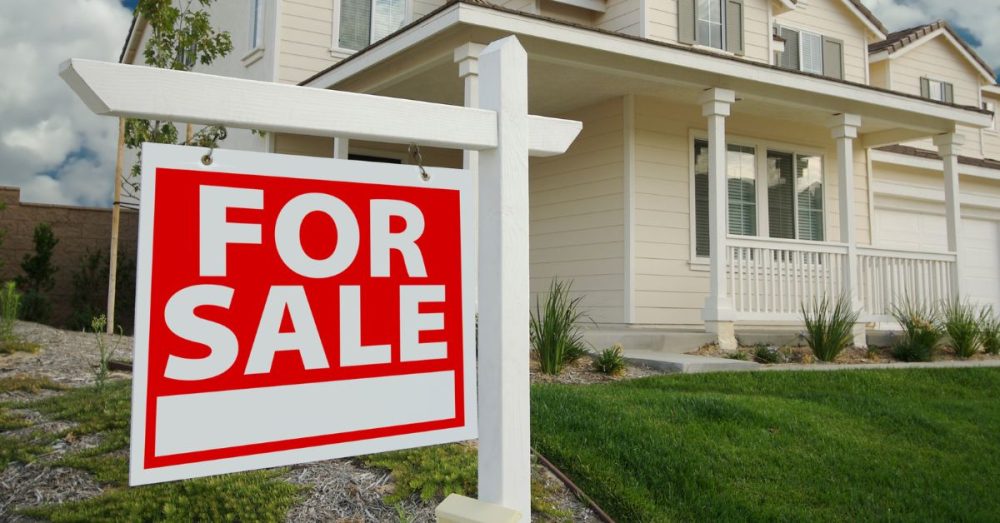The Dallas-Fort Worth (DFW) real estate market has experienced a notable slowdown, as new home sales in November remained stagnant and prices dipped slightly, according to a report from HomesUSA.com.
The three-month average for new home sales stood at 1,872, virtually unchanged from October’s 1,870. Meanwhile, the average price for a new home in the region dropped by $4,500 to $481,505, though DFW continues to boast the highest average new home prices in Texas. This stagnation highlights the challenges facing the local housing market, even as year-over-year sales increased by over 16%, partly driven by declining mortgage rates, reported the Dallas Business Journal.
Across Texas, falling home prices persist, with DFW leading in average costs despite a 1% year-over-year decline. Other major markets, including Austin, Houston, and San Antonio, recorded price decreases last month, ranging from 2% to 7%, per DBJ. Notably, Houston retained its lead in the number of newly built homes sold, outperforming DFW’s sales figures for every month of 2024. This shift marks a reversal from 2023, when DFW often led in new home sales.
One key factor in the fluctuating market is the ongoing impact of mortgage rates.
The average 30-year fixed mortgage rate in mid-November 2024 was 6.78%, down from 7.44% a year earlier, according to Freddie Mac. This decline has provided some relief to prospective buyers but has yet to translate into a significant boost in sales. Industry experts, including Ben Caballero, CEO of HomesUSA.com, emphasize the need for further rate reductions to stimulate growth. With November historically being a slower month for home sales, the mild seasonal downturn observed in DFW suggests the potential for a more substantial recovery if economic conditions improve.
Building permits in North Texas offer a glimpse into future market activity. Through November, several suburbs north of Dallas, such as McKinney, Frisco, and Celina, saw significant increases in single-family home permits compared to the same period in 2023. McKinney and Frisco reported 25% year-over-year growth in permits, while Celina experienced a 20% rise, reported DBJ. Conversely, some areas, including Prosper and Denton, witnessed declines in permit issuance, reflecting uneven development trends across the region. .
Pending sales data further illustrates the market’s challenges and opportunities. In November, pending new home sales in DFW dropped to 2,190 from 2,249 in October. Despite this month-over-month decline, pending sales were 15% higher than the previous year, signaling a potential rebound. Additionally, the average time a home remained on the market decreased from 121.3 days in October to 116.4 days in November, suggesting improved buyer engagement.
Statewide, the housing market’s dynamics are shaped by both supply and demand. Houston’s dominance in sales, coupled with declining prices in all major metros, points to a balancing act between affordability and inventory. While DFW’s higher average prices position it uniquely within the state, the region’s stagnation in sales underscores broader economic headwinds.
The interplay between local and statewide trends will continue to shape market outcomes, with implications for developers, policymakers, and buyers alike.
Looking ahead, experts suggest that further mortgage rate declines could provide a much-needed boost to the housing market. The combination of stable sales, modest price adjustments, and active building permit issuance in key areas paints a cautiously optimistic picture for 2025.


